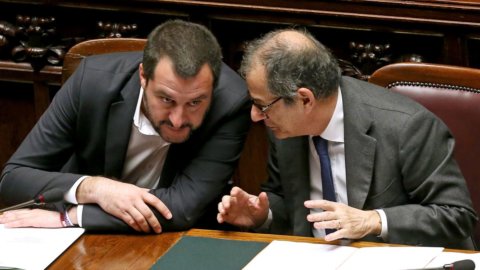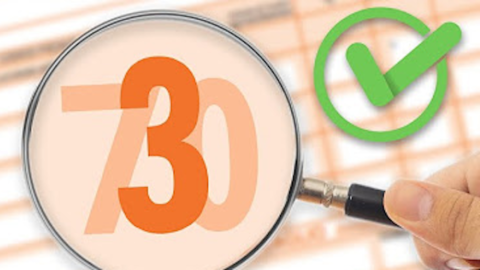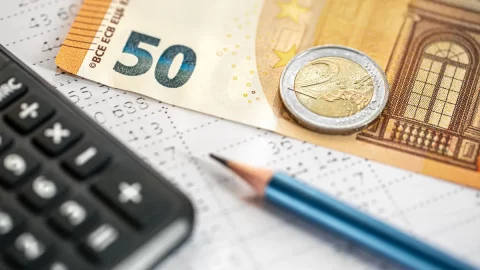La flat tax remains in the realm of promises, as is the new reduction in IRES. This is the compromise reached in Economics and finance document which, after the go-ahead from the Council of Ministers, arrives in Parliament.
The treasure he would have liked to avoid any mention of the flat tax, because it is a costly measure (12-15 billion), which risks blowing up the balance of the 2020 budget, which is already weighed down by a VAT clause of over 20 billion.
The League, however, he insisted to the last minute that at least a mention of the flat tax should appear in the Def, the flagship measure of the Carroccio since the 2018 political election campaign, potentially capable of shifting votes even in the European elections on 26 May.
The end result is a vague formulation, which postpones the flat tax to an indefinite future: “The path of reform for the next few years – reads the latest draft circular of the Def – provides for the gradual extension of the tax regime on natural persons to two rates of 15 and 20 per cent, starting from the lowest incomes, while reforming deductions and deductions. To encourage investments, companies will be able to benefit from a reduction in the IRES rate applicable to retained earnings”.
However, nothing changes house taxes: "The Government does not deem it appropriate at this stage to review the tax on real estate, which has already undergone numerous legislative changes in recent years".
For GDP growth forecasts for 2019, the government is forced to revise downwards by 90% those published last December, bringing them from +1 to +0,2%. However, the Executive believes that the expansive effect guaranteed by the latest decrees passed (Growth and Unblock construction sites) it will deliver an additional 0,1% growth, so eventually GDP should close this year at +0,2%.
“The Italian economy lost momentum during the past year – explains the government in the Def – recording overall real GDP growth of 0,9 per cent, down from 1,6 per cent in 2017. the first two quarters of 2018 were in fact followed by slight cyclical contractions in GDP in the third and fourth quarters. Given these trends, in the context of the trend, the average GDP growth forecast in real terms for 2019 drops to 0,1 per cent, from 1,0 per cent in the most recent official document". The deficit/GDP ratio rises to 2,4%.
And again: “In parallel with the publication of this Stability Programme, the Government has approved two decree laws containing, respectively, measures to stimulate private investment and that of local administrations ('Growth' decree law) and measures aimed at streamlining the approval of public works (law decree 'Sblocca Cantieri'). GDP growth in the planning scenario is therefore equal to 0,2 per cent in real terms and 1,2 per cent in nominal terms”.





